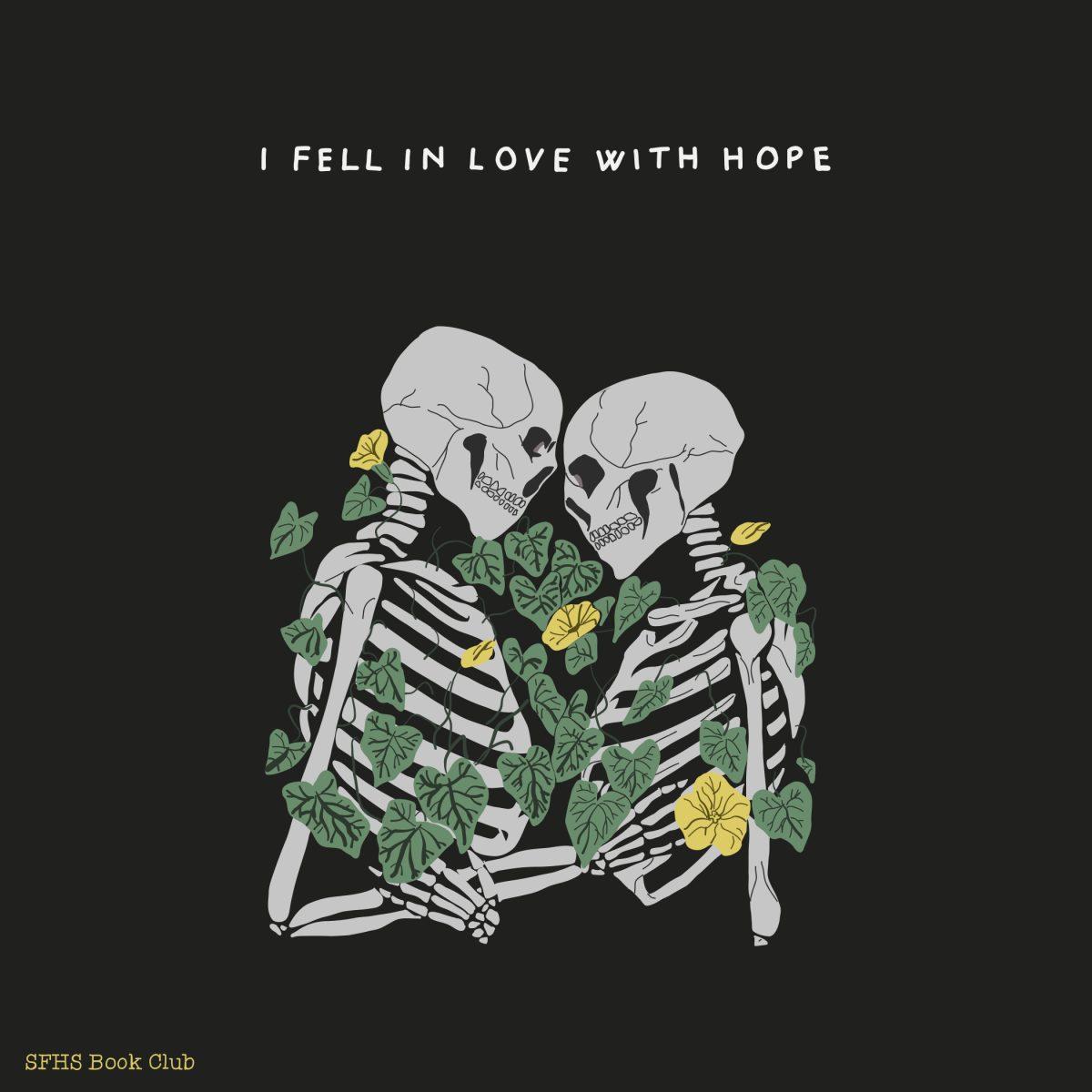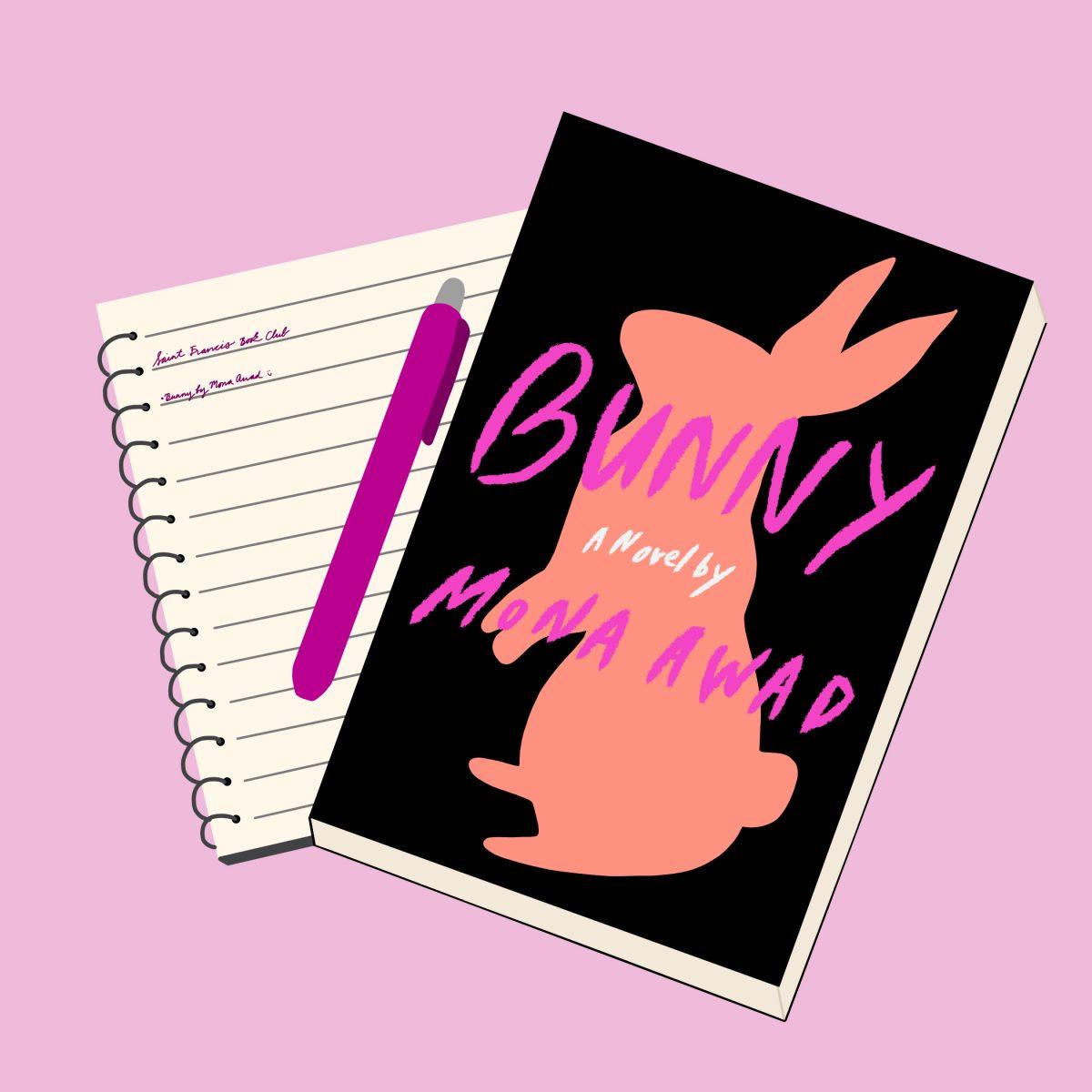The Handmaid’s Tale by Margaret Atwood holds a significant place in literature as a feminist criticism. The widely acclaimed novel resides in the genres of dystopia, science fiction, fantasy, and feminist literature, chronicling the fictional takeover of the United States by the Republic of Gilead, an oppressive, religious regime. Protagonist Offred is a Handmaid living with the Commander and his wife. As one of the many Handmaids, Offred is forced to bear the children of highly-ranked men whose wives are infertile. Under this restrictive rule, Offred has little personal autonomy– she is continually assaulted and lacks seemingly basic rights, like being allowed to read. A work of dystopian fiction, The Handmaid’s Tale paints a horrifying picture of a totalitarian society.
Going into the book, we expected a riveting tale detailing the struggles Offred faces in such an oppressive environment. However, despite the numerous chances we gave the book, it simply did not meet the expectations set by the premise. Several chapters in, we were still unsure of how the world was structured and who the characters were, not to mention why so many readers globally rave incessantly about the groundbreaking nature of The Handmaid’s Tale. After hours of reading the same chapters, and attempting to gather a few more morsels of information to help us keep reading, we finally gave up and decided not to finish it. Simply put, the novel was not good.
First, the world-building was extremely lacking, even though the novel was lined with description. Atwood throws readers into the novel without explaining what a Handmaid or a Martha is, and while readers start to grasp the roles played by the women in the novel, the beginning portion of the novel was spent in confusion and frustration. The intense descriptions, while beautiful and vivid, seemed to serve no real purpose and added to the perplexity surrounding the world. Additionally, we found little to no connection to the characters, which is something that we find necessary in a well-rounded novel. After reading for a while, we did not know who the main or supporting characters were, and there was no indication of when we would learn of these individuals.
Members of the Saint Francis Book Club felt similarly about the novel’s atmosphere. Mary Kearns (’23) said, “I thought the world-building lacked nuance. The rise of such a dystopian patriarchy felt naive at best and laughably unrealistic at worst.”
That being said, there were some aspects of the novel that made us hesitate to put the book down. As previously mentioned, the premise of The Handmaid’s Tale is tantalizing and unique. We believed that if we had given it a little more time, the book would have been absolutely remarkable; unfortunately, Atwood spent too many pages baiting the readers rather than providing an enticing story. Yet her prose shared many similarities to other books we love. The words provided vivid descriptions of the physical surroundings of Offred hinting towards a life that she could almost remember. Such strong details made the book a promising one but, in the end, only made it more confusing than enjoyable.
Kearns shared her overall sentiments regarding The Handmaid’s Tale: “I don’t think the book is terrible: there are solid characters, and I honestly enjoyed the plot, but I wouldn’t call it literature. There’s just something so adolescent about it. It feels like the type of novel a teenager would write. An intelligent and competent teenager, yes, but still a teenager. It’s an enjoyable read but I couldn’t honestly recommend it as an accurate dissection of sexism and patriarchy, because it isn’t.”
We would recommend The Handmaid’s Tale to those who enjoy classic literature, as well as those who’ve never left their The Hunger Games phase. We strongly suggest that readers who wish to explore this novel research its content warnings, for certain scenes or events depicted may be triggering.







































































